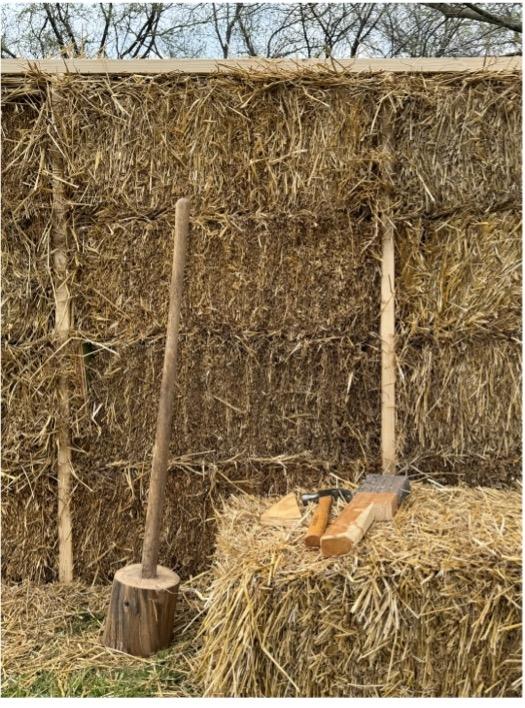ARC 327R / ARC 386M Seminar
Wed 9:00am – 12:00pm, WMB 5.114
Open to ARC students
Aleksandra Jaeschke: jaeschke@austin.utexas.edu
Biogenic materials are directly produced by or derived from living organisms, including plants, animals, fungi, and microorganisms. Created through natural biological processes, they are renewable—many replenish far more rapidly than timber—and are also biodegradable. Historically, humans have used biogenic materials alongside geogenic resources, such as clay and rock, across various domains, particularly in tool making, textiles, and construction. Over time, however, these materials were largely replaced by synthetic, fossil fuel-based, and energy-intensive alternatives like concrete, steel, and petroleum-derived plastics. We now recognize that biogenic construction practices can play a significant role in mitigating climate change, preserving ecosystems, improving air and water quality, safeguarding soils, and protecting habitats. These practices also offer an opportunity for humans to reconnect with other forms of nature, and with land-based processes. For all these reasons, there is a pressing need to reintroduce biogenic materials into the architectural toolkit. However, the true environmental impacts and benefits of these materials can only be fully understood by considering their entire life cycle and expanded system boundaries that extend beyond individual building projects and end users. Thus, the success of the recent resurgence of interest in natural materials and new biobased products will depend only in part on architects’ ability to work with these alternatives. We need both practical expertise and a holistic understanding of their impacts.
This research-based seminar is open to graduate and advanced undergraduate* architecture students. Each week, students will conduct and present independent research on a specific biogenic material (such as bamboo, straw, hemp, or mycelium) throughout its entire life cycle—from growth and utilization to degradation—considering its broader ecological dimensions. These explorations will involve evaluating environmental and social impacts, production methods, distribution networks, regulatory frameworks, and cultural responses. Students’ outputs, including territorial-scale maps, process diagrams, building sections, and visual and written descriptions. *Subject to approval.


